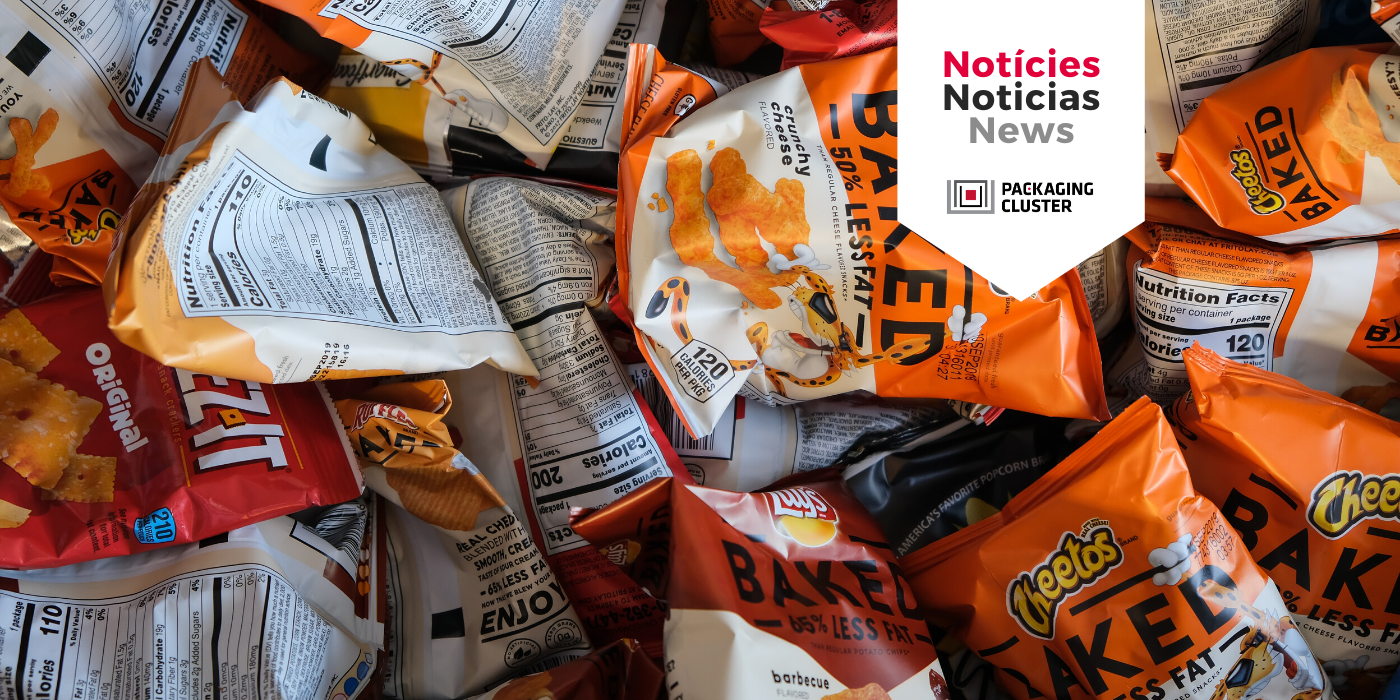The commitment of companies to achieve sustainability with Flexible Packaging

Sustainability applied to Flexible Packaging is an issue that concerns and interests the packaging sector, due to the potential benefits of the material and the technical possibilities it provides. For this reason, the Packaging Cluster decided to organize a specific technical conference on Thursday, 4th of June, with expert professionals from member companies such as Buergofol, Macsa id, Comexi and Nestlé, to explain the latest news on Flexible Packaging and how they are doing it.
Firstly, Albert Negre, CEO of Buergofol Iberica, explained the positive effects of using sustainable packaging, in balance with the company's economic growth, care for the environment and social well-being. For this, Flexible Packaging helps to achieve that sustainability.
Buergofol is aware of the responsibility they have as a company, and as citizens, to take care of the waste they generate, as well as the impact they cause on the environment, as they made it known to us in their presentation, where real data on the effects and consequences of climate change were presented. And what can they do from their position? Reduce, Recycle and Recover packaging, in line with the European Recycling Strategy. They propose to promote realistic regulations on current needs, help developing countries as much as possible and contribute with adequate pedagogy to consumers about sustainability.
Next, Judit Millà, Marketing Manager at Macsa id, presented the latest innovations in laser technology for intelligent Flexible Packaging, with the launch of Bidilase, the world's fastest encoder. It is a disruptive solution for flexible packaging that allows high speed markings (1000mts/min), high resolution (codes easily readable on any platform), accurate (in the position initially indicated) and unique (with a personal QR code generated with a software which works at a speed of 166 codes/second).
With this green technology, packaging of greater recyclability can be produced, since they do not incorporate labels or inks, the information is engraved with a permanent laser. This information collected in a QR code allows greater traceability of the product to know its useful life (production, distribution, consumption and recovery) and, therefore, how to improve the recycling of this container after an analysis of this cycle.
The third speaker was Jordi Sahun, Chief Innovation & Technology Officer of Comexi, who explained to us the different alternatives available in terms of printing on Flexible Packaging and who are those who achieve the desired sustainability parameters according to Comexi, which manufactures capital goods for the flexible packaging conversion industry.
After comparing the different printing technology methodologies, the appropriate technology for value structures in flexible packaging is digital, more specifically inkjet, water-based drop on demand. The future is digital printing, which represents a challenge at the technological level and at the business model level, since it will have to be based on the service offered. So far, machines with hybrid technologies have been used, bringing together the advantages of each method and helping to reduce time and failure costs.
Finally, Santiago Olivares, Packaging Manager Iberian Region of Nestlé, explained how Nestlé acts to fulfill its environmental commitments, with economically efficient change decisions to maintain business stability.
Being a company dedicated to food products, they need a packaging that protects the product while preserving its properties. An innocuous container, which does not transmit anything to the product, and which in turn is sustainable and easily recyclable or recoverable. For this, Santiago Olivares affirms that there are no good or bad materials, but that they have to be evaluated according to the specific case and after doing a life cycle analysis. In this sense, for the flexible packaging Nestlé they have a limitation of 5 colors to improve the recyclability of the container, whether it is a primary or secondary packaging, and they use different technologies to achieve their short and long-term objectives.
Nestlé works with a list of materials that help recyclability and a guide of what is recyclable and what is not, with recommendations for action such as: using the fewest number of inks possible, not creating complex combinations of materials or eliminating those plastics that are not are recyclable. They are committed to the development of new packaging taking into account future trends in sustainability, to improving recycling systems adapting to the needs required and teaching society how to recycle to contribute their bit.
To finish, the doubts of the attendees on technical questions of the solutions proposed by the companies, on future trends in the recyclability of packaging (such as compostable or biodegradable packaging) or the benefits of certain materials at a logistical level, were resolved, generating a interesting debate between different experts in the field.
From the cluster we want to maintain this line of webinars on specific topics in the sector, such as the next conference on 10th of June where we will talk about online packaging and e-commerce, in which we will have Camil Castellà (Aktiva Brand Experience Design), Martina Font (Kartox) and Luis Cosías (Juvasa).